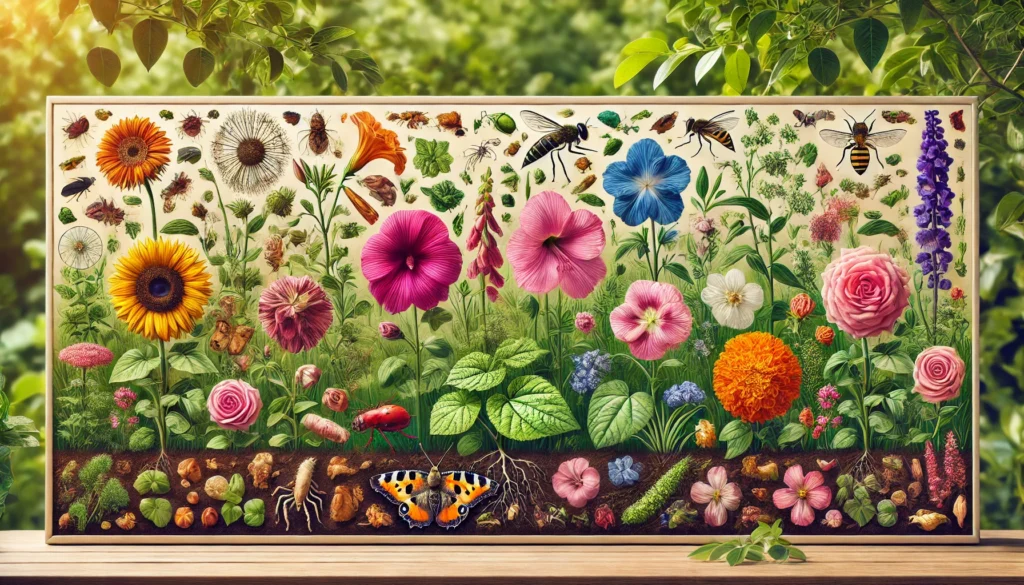When it comes to gardening, flowers are often the stars of the show. However, even the most dedicated gardeners can face challenges when their blooms don’t look as vibrant as expected. Understanding common flower problems can help you keep your garden in top shape. Here’s a guide tailored to current trends and searches, especially for gardeners in the USA.
1. Pests and Diseases

Pests like aphids, spider mites, and caterpillars are frequent offenders in flower gardens. These insects can cause damage by sucking sap, chewing leaves, or spreading diseases.
Solution: Regularly inspect your flowers for signs of pests. Use natural insecticides, such as neem oil, or introduce beneficial insects like ladybugs that feed on harmful pests.
2. Overwatering or Underwatering
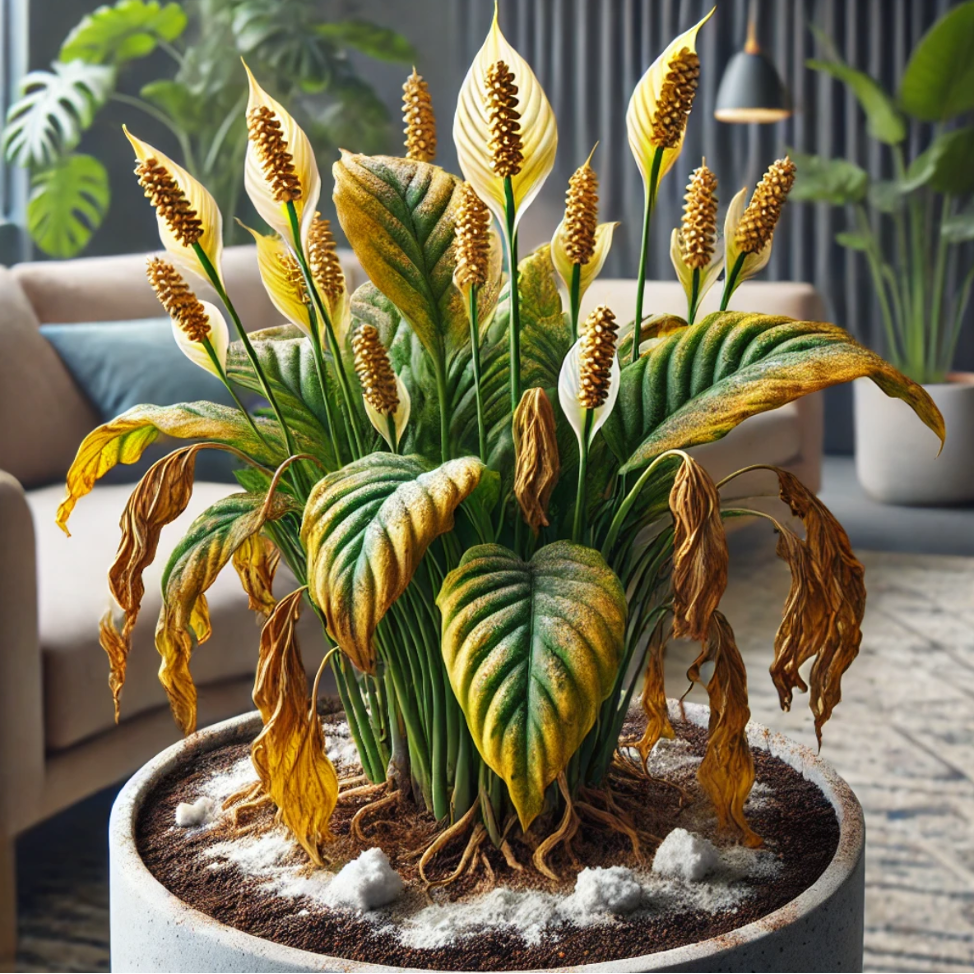
Watering issues are a leading cause of flower problems. Overwatering can lead to root rot, while underwatering can cause wilting and brown leaves.
Solution: Ensure that your flowers are planted in well-draining soil. Water them early in the morning or late in the evening when evaporation rates are lower. Check the soil moisture regularly; if the top inch is dry, it’s time to water.
3. Nutrient Deficiencies
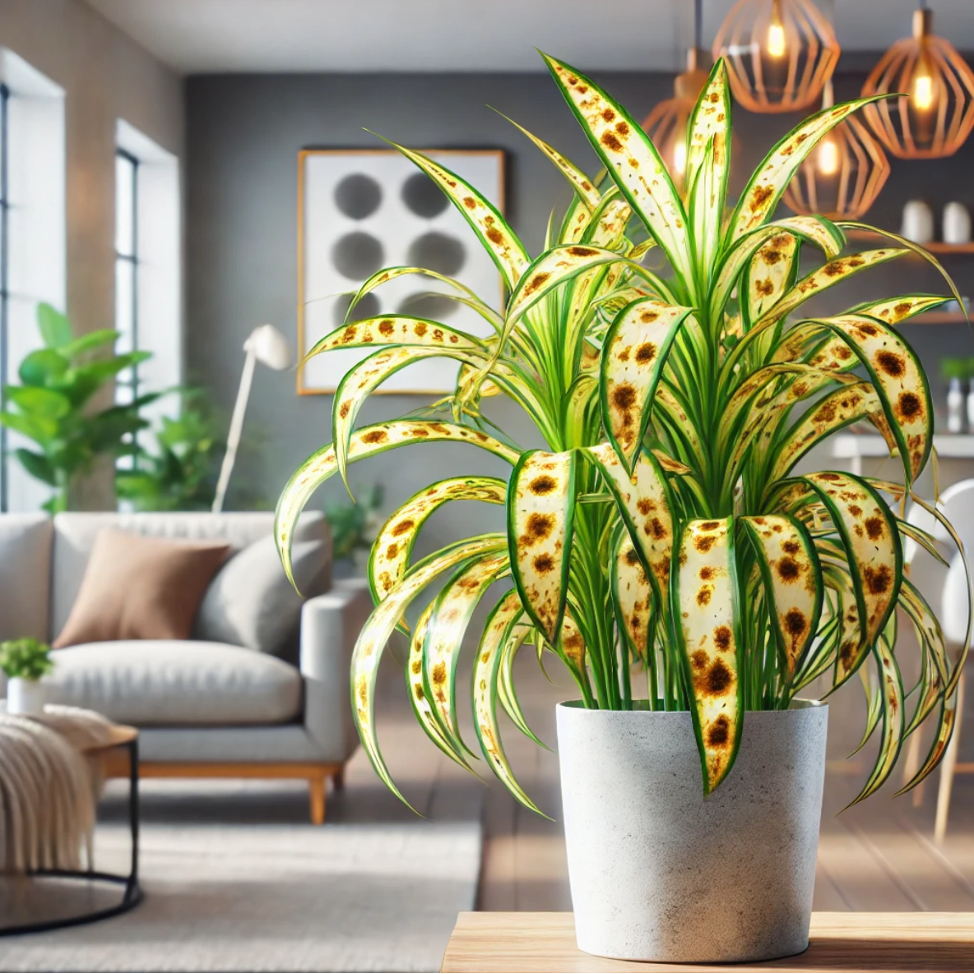
Flowers require a variety of nutrients to thrive, and deficiencies can manifest as yellowing leaves, stunted growth, or poor blooming.
Solution: Conduct a soil test to determine nutrient levels. Use a balanced fertilizer or one tailored to your specific flowers’ needs. Regularly amend your soil with compost to improve its nutrient content.
4. Sunlight Issues
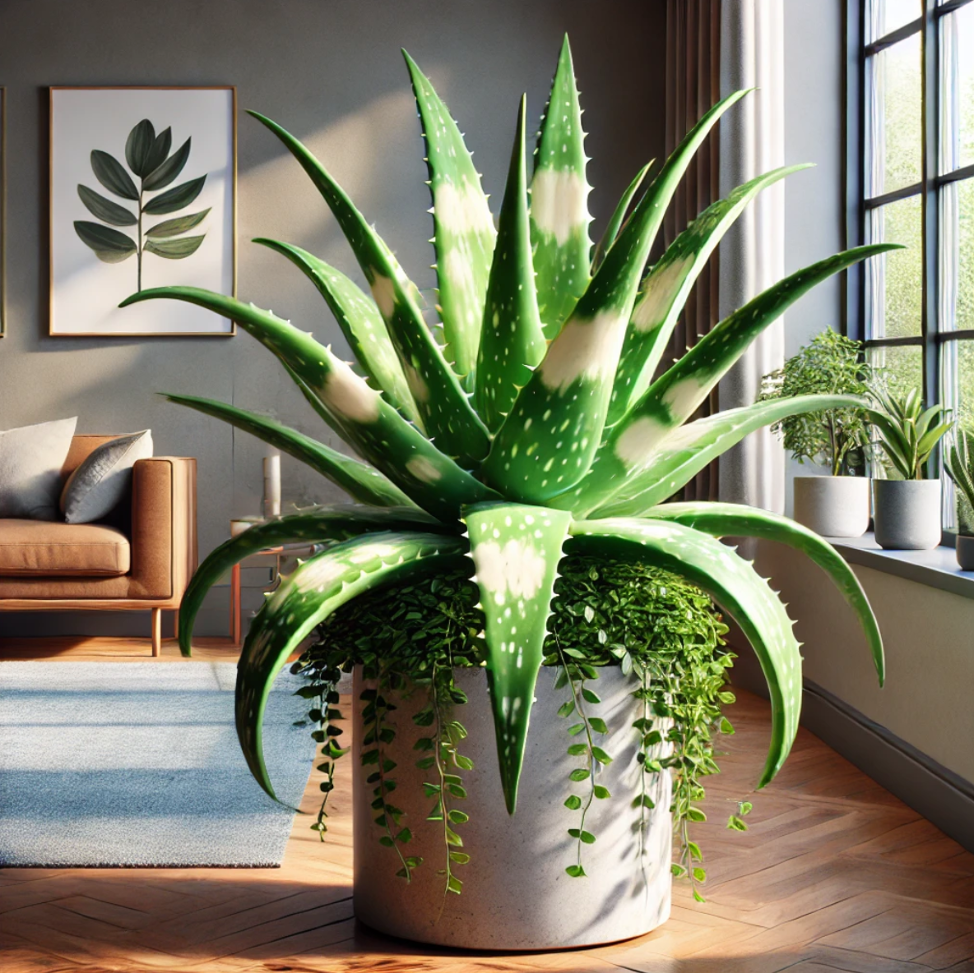
Different flowers have different sunlight requirements. Too much sun can scorch your flowers, while too little can cause them to become leggy and produce fewer blooms.
Solution: Plant flowers according to their sunlight needs. For example, sun-loving flowers like zinnias should be placed in full sun, while shade-loving varieties like impatiens should be in shaded areas.
5. Temperature Fluctuations
Sudden changes in temperature, particularly in early spring or late fall, can stress flowers and lead to problems like bud drop or poor flowering.
Solution: Protect sensitive flowers with mulch to regulate soil temperature. During unexpected cold snaps, cover your plants with frost cloths or bring potted flowers indoors.
6. Poor Soil Conditions
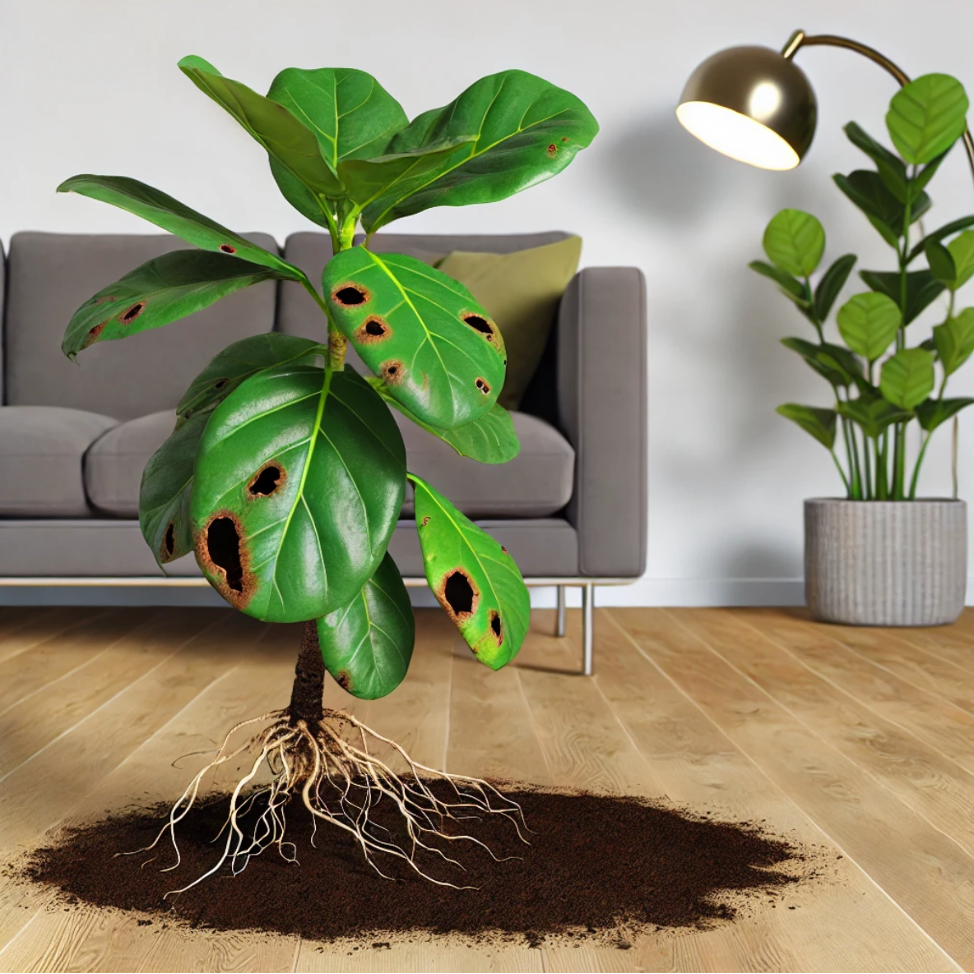
Soil that’s too compacted or lacking in organic matter can hinder flower growth.
Solution: Loosen compacted soil by tilling or aerating. Incorporate organic matter like compost or peat moss to improve soil structure and fertility.
7. Fungal Infections
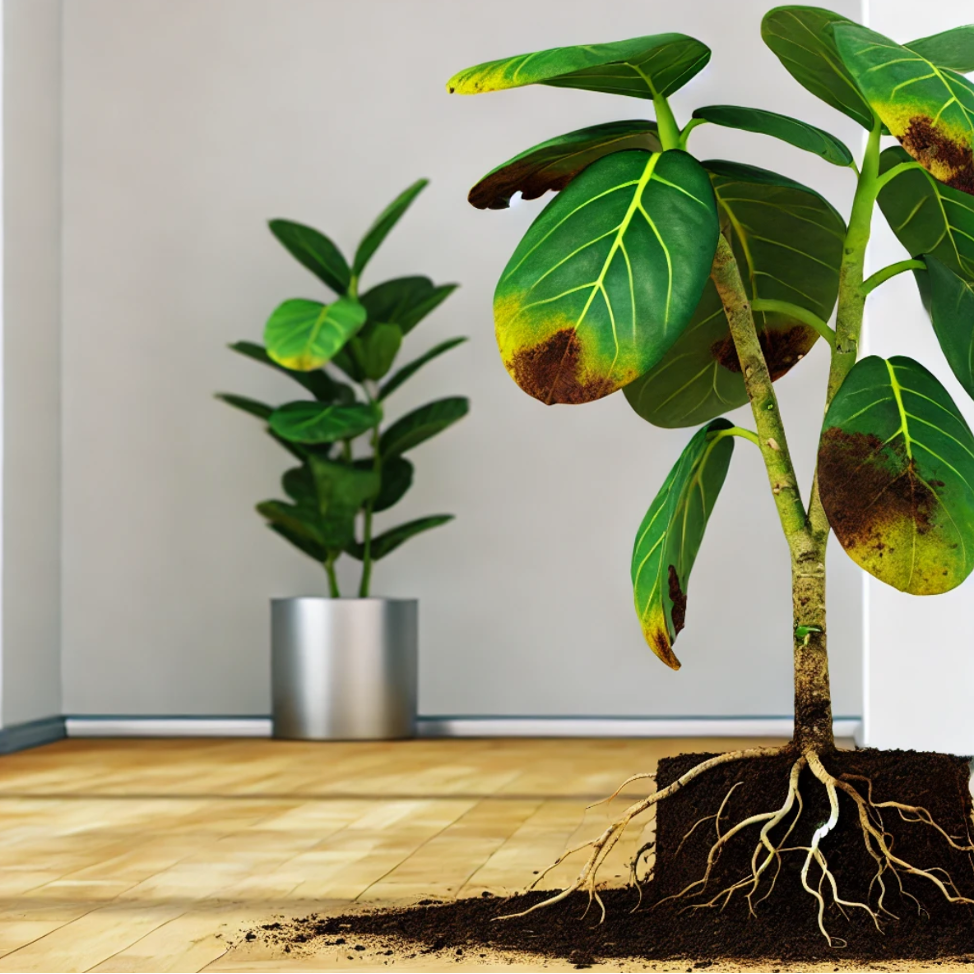
Fungal diseases like powdery mildew, rust, and botrytis can spread rapidly, especially in humid conditions.
Solution: Promote good air circulation by spacing your plants appropriately. Water at the base of the plants rather than overhead to prevent fungal spores from spreading. Use fungicides when necessary.
8. Improper Pruning

Pruning is essential for maintaining the shape and health of your flowers, but improper techniques can cause more harm than good.
Solution: Prune at the right time for each flower species. Use clean, sharp tools to make precise cuts, and avoid over-pruning, which can stress the plant.
9. Inadequate Pollination

If your flowers aren’t setting fruit or seeds, they might not be getting adequately pollinated.
Solution: Attract pollinators like bees and butterflies by planting a variety of flowers that bloom at different times of the year. You can also hand-pollinate if necessary.
10. Zucchini Flowers Not Setting Fruit

A specific trend in flower searches relates to zucchini flowers not setting fruit. This is often due to a lack of pollination or environmental stress.
Solution: Ensure your garden is attractive to pollinators and consider hand-pollinating your zucchini flowers. Also, maintain consistent watering and protect the plants from temperature extremes.
Conclusion
Gardening is a rewarding hobby, but it comes with its challenges. By understanding and addressing these common flower problems, you can ensure that your garden remains vibrant and healthy. Stay up-to-date with the latest trends, and don’t hesitate to adapt your gardening techniques to keep your flowers blooming beautifully all season long.

